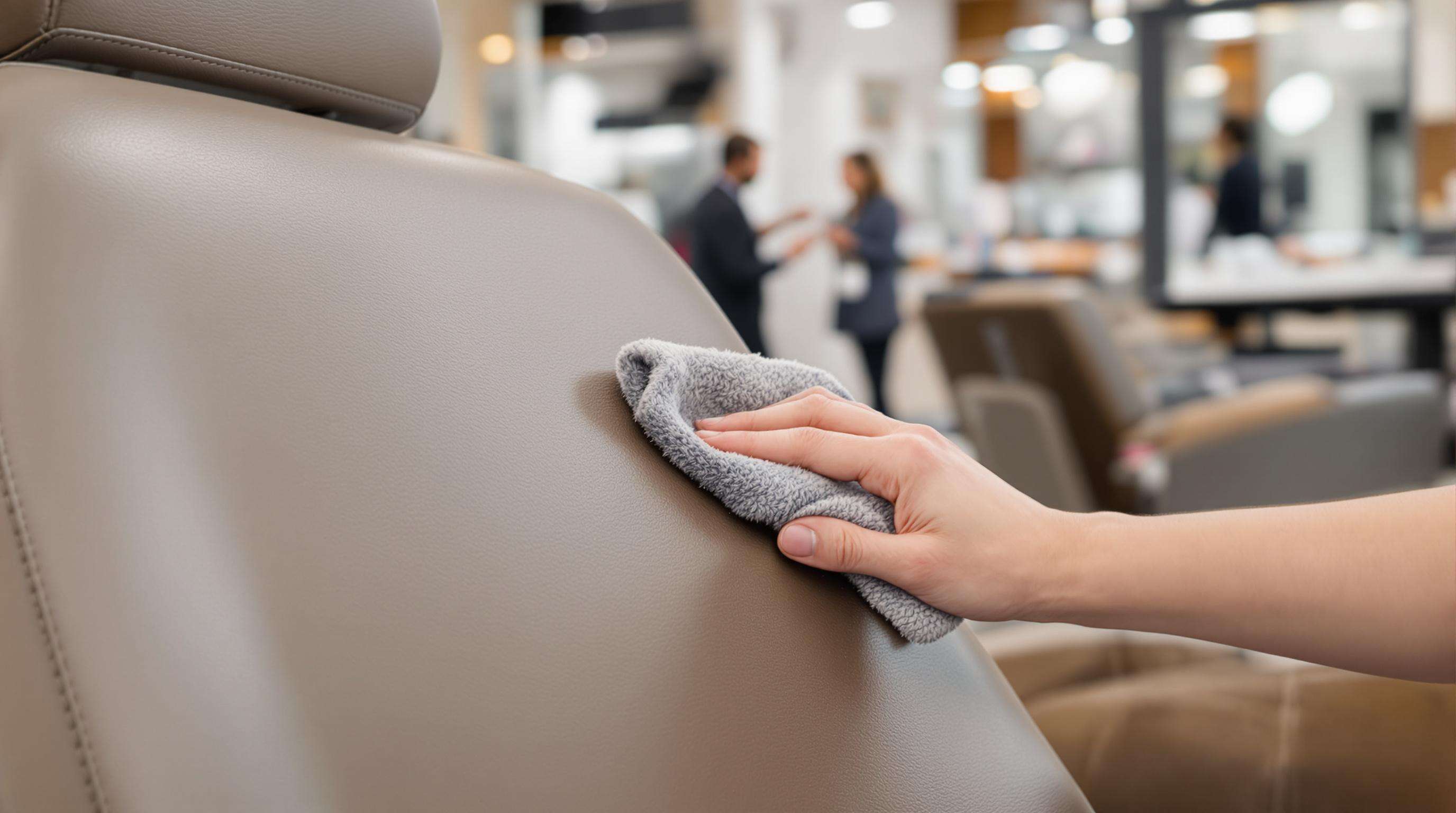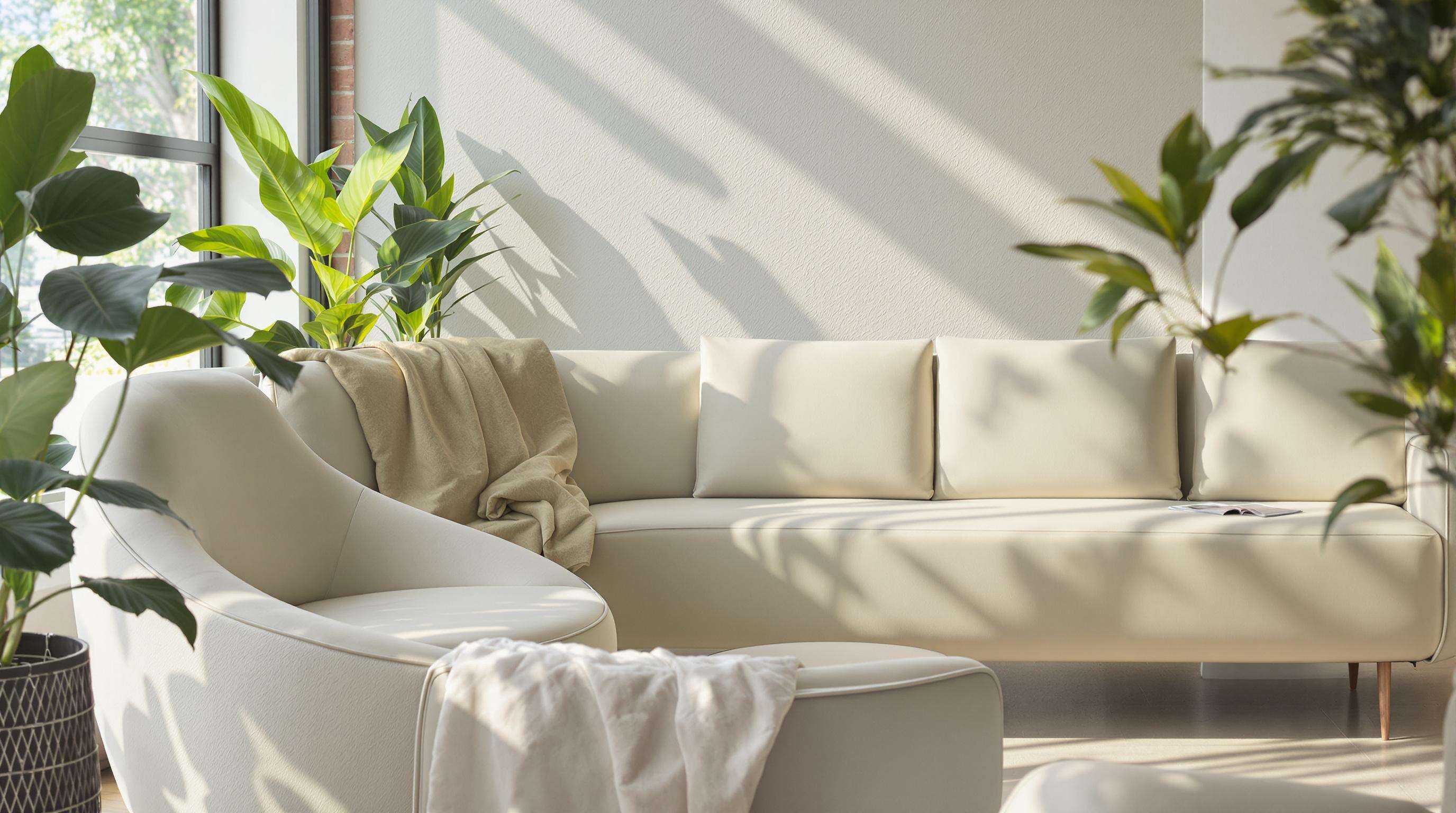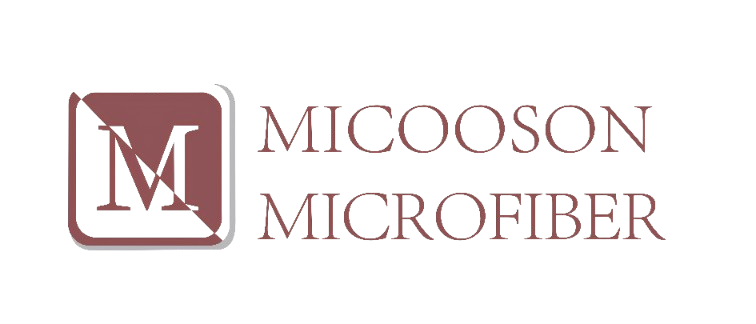Curious about how beauty salons can use artificial leather to create a luxurious atmosphere? Let's find out.
The Psychology of Luxury: How Artificial Leather Enhances Salon Aesthetics
Why sleek artificial leather is associated with premium service and elegance
Fake leather gives off that upscale vibe because it looks and feels so consistent, something customers automatically associate with fancy stuff. The surface is super smooth and doesn't have pores, so light bounces off evenly everywhere. Natural leather just doesn't do that same trick, often showing imperfections or looking old in spots. People notice these things subconsciously. Salon goers really care about this stuff too. Studies show around 8 out of 10 clients put clean surroundings at the top of what makes a place feel luxurious. Another plus for artificial leather is how it looks put together without any visible seams. This means the actual design work stands out more instead of everyone thinking about whether something needs cleaning. The whole effect helps create that exclusive atmosphere businesses are after.
Color and texture: Design principles that elevate perceived luxury
The way we use colors and textures in fake leather really affects how people feel when they walk into a salon. Dark shades like charcoal gray and rich espresso create a serious vibe for waiting areas, giving them weight and importance. Lighter gray tones work wonders in small treatment spaces where clients need to relax, making those cramped corners seem bigger than they actually are. Matte surfaces do something special too. They scatter the light around instead of reflecting it back, which cuts down on annoying glare and adds layers to the space. When it comes to touch, texture matters a lot. Think about combining rough pebbled leather at the front desk with silky smooth vinyl seats elsewhere. This mix creates a physical experience as customers move through different parts of the salon. The brain responds positively to these changes, finding comfort in what feels familiar yet interesting. This kind of design thinking isn't new though. Luxury stores have been using similar tricks for years to keep shoppers engaged and happy.
Case Study: High-end salons leveraging artificial leather for brand prestige
One popular salon franchise boosted their image when they put up custom artificial leather walls in the waiting area with their logo pressed into ivory vinyl. The look gave off a fancy vibe and didn't get messed up easily from hair products or face creams. After about twelve months, they noticed 23% fewer clients leaving and saw a 54% jump in people checking in on social media. Many customers told staff they loved the "put together, high-end feel" which made them willing to pay extra for services. What this shows is that artificial leather isn't just something to cover surfaces with it actually helps create that expensive atmosphere clients associate with better quality treatments.
Durability Meets Design: The Functional Advantages of Artificial Leather in Salon Furniture

Why Artificial Leather Outperforms Natural Leather in Maintenance and Longevity
Salon owners will tell you that fake leather needs way less maintenance than real leather stuff these days. The numbers back it up too - something like 73% less work per day according to those 2023 industry reports on upkeep. Real leather gets stained easily from all sorts of hair products and demands special treatments to stay looking good. But quality artificial leather has this smooth surface that just doesn't absorb anything. Water, chemicals, whatever gets spilled during styling sessions? Just wipe it off with some disinfectant and done. Makes sense when thinking about how busy salons actually operate. Places that go for materials that clean up quickly see their customers coming back more often. Some studies show around 35% better client retention rates in such establishments, so practical choices really do affect bottom line results in the beauty business.
Premium artificial leather lasts 8-10 years under continuous salon use, outlasting natural leather's 5-7 year lifespan. This durability stems from advanced multilayer construction:
- Scratch-resistant polymer coatings defend against tools and jewelry
- High-density foam cores prevent sagging after 14,000+ client sessions
- UV-stable pigments resist fading under constant exposure to styling lamps
Selecting Wear-Resistant Artificial Leather for High-Traffic Salon Areas
With 12-15 client rotations per chair daily, salons demand materials built for extreme wear. Specialized artificial leather grades now meet these commercial needs:
| Feature | Styling Stations | Wash Basins | Waiting Areas |
|---|---|---|---|
| Required Abrasion Cycles | 50,000+ | 30,000+ | 20,000+ |
| Optimal Thickness | 1.8-2.2mm | 1.5-1.8mm | 1.2-1.5mm |
| Reinforcement Zones | Armrests/Seams | Back Support | Seating Edge |
For styling chairs, textured artificial leather with 95%+ polyurethane content offers superior grip during chemical services and withstands heat up to 140°F—essential near curling irons and steamers. Modular furniture with replaceable wear panels extends lifespan by 40%, enabling cost-effective updates without full replacements.
Sustainability and Style: The Eco-Friendly Edge of Modern Artificial Leather

Reducing Environmental Impact with Eco-Conscious Artificial Leather Materials
Artificial leather these days cuts down on our dependence on animal farming, something that contributes around 14.5% to worldwide greenhouse gases. We're seeing some pretty cool developments too - think mushroom based materials and even stuff made from apple waste. These new options stand up just as well as regular leather but require way less water during manufacturing, roughly 89% less according to recent industry reports from 2025. Another big plus? They get rid of the need for chromium tanning altogether. This means significantly less toxic waste flowing into our environment compared with traditional methods, maybe as much as 70% reduction in harmful runoff. For anyone concerned about sustainability, these alternatives represent real progress without sacrificing quality.
| Material Type | Key Sustainability Benefit | Common Applications |
|---|---|---|
| Plant-based Polymers | Biodegradable, renewable resources | Upholstery, decorative panels |
| Recycled Textiles | Diverts 1.2M tons/year from landfills | Waiting area furnishings |
| Agricultural Byproducts | Uses waste from food industries | Accent walls, partition screens |
Transparency in Sourcing: Certifications That Verify Sustainable Production
Salons seeking credible eco-credentials increasingly specify artificial leather certified by the Leather Working Group (LWG) or Global Organic Textile Standard (GOTS). These certifications mandate transparency in energy use per square meter and verify responsible chemical management, ensuring accountability across the supply chain.
Debunking the Myth: Is Artificial Leather Truly a Green Alternative?
Most people don't realize how far artificial leather has come. Take a look at what's available now - about 8 out of 10 premium options actually include recycled materials. These newer versions also break down around 40 percent quicker than regular leather when tested under lab conditions. Back in the day, fake leather was all about PVC, which wasn't great for the environment. But nowadays, manufacturers use water based polyurethane instead. This gives the same luxurious feel as real leather but doesn't leave behind those annoying microplastics that keep floating around forever. For salons looking to go green, this stuff really is becoming a solid alternative worth considering.
Trends in Modern Salon Design: The Rise of Textured and Matte-Finish Artificial Leather
Innovative Finishes That Add Visual Depth and Contemporary Flair
The market is seeing a real shift toward textured artificial leathers that satisfy this craving for what people call "organic luxe" materials something that feels good under the fingers but still works well day after day. These new haptic coatings actually replicate the texture of real leather grains, plus they bring some extra perks on top of just looking nice. Salon owners who design fancy spaces tend to go for matte finishes most of the time because they don't show scratches as easily yet still look classy. A recent market report from 2025 mentioned that around three out of four high end salons have made this switch. Designers also love playing with embossed patterns and adding just a hint of metal here and there to make walls pop visually. These little touches transform ordinary rooms into places where customers want to linger longer, all while keeping that sophisticated vibe intact.
Integrating Artificial Leather With Other Modern Materials for Cohesive Interiors
Modern beauty salons are mixing matte faux leather surfaces with recycled brass fixtures, terrazzo countertops, and polished concrete walls to create spaces that blend nature-inspired elements with industrial vibes. According to what we're seeing in interior design trends for 2025, combining different textures within neutral color schemes actually helps cut down on eye strain in busy areas where clients spend time getting pampered. Many designers go for soft velvet-like faux leather seating paired against smooth concrete flooring these days. The contrast creates a cozy yet contemporary feel while still meeting all necessary fire safety requirements. This shows that good looking spaces don't have to sacrifice practicality when it comes to running a successful business.
FAQ
What are the advantages of using artificial leather in salons?
Artificial leather offers a consistent, upscale look, is easy to maintain, and is more durable compared to natural leather. It can withstand high traffic, and spills and typically lasts longer.
How does artificial leather contribute to sustainability?
Artificial leather reduces the need for animal farming, uses significantly less water, and utilizes sustainable materials such as plant-based polymers and recycled textiles, reducing environmental impact.
Are there certifications for sustainable artificial leather?
Yes, artificial leather can be certified by organizations like the Leather Working Group (LWG) or Global Organic Textile Standard (GOTS), ensuring transparency and responsibility in production.

 EN
EN







